I PAESI DEL PROGETTO
Italia
Orso bruno marsicano
L’orso bruno marsicano è presente in Italia (e in Europa) esclusivamente sull’Appenino centrale. Dopo un lungo periodo di declino e a seguito degli sforzi per la sua conservazione, oggi la specie è presente quasi esclusivamente nel parco nazionale d’Abruzzo Lazio e Molise, e nelle aree circostanti. Le stime più recenti riportano una popolazione di 50 (45-69) individui.
Nel 2014 nel territorio del parco nazionale della Majella è stato osservato, per la prima volta, un gruppo familiare di orsi. La specie è ora stabilmente presente in questa area protetta.
Lupo
In Italia il lupo rappresenta una specie target in provincia di Terni, sebbene anche nel PNALM e nel PNM questa specie beneficerà dall’implementazione del progetto. In provincia di Terni le attività sono portate avanti principalmente con funzione dimostrativa, e per creare un collegamento tra il questo progetto e i beneficiari del progetto LIFE STRADE.
Attualmente il lupo è presente lungo tutta la catena Appenninica e a partire dal 1990 è cominciata la ricolonizzazione dell’arco alpino. La stima più recente riporta la presenza di 1212–1711 lupi nel periodo 2009–2013 per l’Appenino e 57-89 lupi sull’arco alpino (Galaverni et al 2015)
Impatto delle strade sugli orsi e sui lupi in Italia
Italia- Abruzzo
Sebbene negli ultimi 50 anni la mortalità per incidenti stradali abbia rappresentato solo il 13% delle cause di mortalità della specie, l’esiguità della popolazione dell’orso bruno marsicano, che risulta essere composta solamente da 50 (45-69) animali, richiede uno sforzo addizionale per ridurre questo rischio, dal momento che ogni animale morto (specialmente le femmine in età riproduttiva) è una perdita cruciale per la popolazione.
Oltre alla mortalità diretta la presenza delle strade determina la frammentazione dell’habitat. Uno dei problemi principali per l’orso marsicano è che la colonizzazione di nuove aree è resa problematica anche dalla presenza di strade, autostrade e altre infrastrutture che attraversano potenziali corridoi ecologici. Una delle principali barriere è costituita dalla strada statale SS17-SS5 (Sulmona-Roccaraso), che separa il territorio del PNALM e del PNM. Per questa ragione, gli interventi per ridurre l’effetto barriera avverranno proprio sulla SS17, in modo da provare a favorire l’espansione della specie.
Italia – Provincia di Terni
Durante il progetto LIFE STRADE in provincia di Terni la presenza del lupo nei pressi delle strade è stata registrata con le trappole fotografiche in molte occasioni indicando come il traffico veicolare rappresenta un rischio reale per questa specie. Sebbene non ci sia una stima accurata dell’impatto del traffico veicolare, nei primi 5 mesi del 2017 il WWF riferisce che il 53% della mortalità del lupo in Italia è causato dagli incidenti stradali.
Grecia
Orso bruno
L’areale di distribuzione dell’orso bruno (in Grecia è costituito da due nuclei di popolazione distinti, distanti tra loro di 150-200 km, e situati nelle aree nordoccidentali e nordorientali del paese, rispettivamente i monti Peristeri-Pindos e i Rodopi con una presenza stabile della specie su una superficie complessiva di circa 13.500 km2. Durante gli ulti 15 anni la popolazione dell’orso è cresciuta costantemente, infatti questi animali hanno ricolonizzato alcune zone storiche dell’areale pregresso nel settore occidentale. L’area di presenza stabile della specie e quella di recente ricolonizzazione interessano un’area di circa 22.000 km2 e la popolazione a livello nazionale è stimata intorno ai 500 individui (Pilidis 2015).
L’impatto delle strade sulla popolazione greca di orso bruno
L’effetto barriera rappresentato dalla rete stradale nazionale, insieme alla mortalità diretta sulle strade, hanno un impatto negativo su circa il 30% della popolazione di orso in Grecia. Dal 2009 al 2017 si sono registrati 46 incidenti con questa specie sulle strade e autostrade. Va menzionato che circa il 50% degli incidenti sono avvenuti sull’autostrada Egnatia A29, sulla quale a partire dal 2014 è stata montata una recinzione anti-orso.
Durante il progetto LIFE ARCTOS (LIFE09NAT/GR/000333) 19 orsi sono stati muniti di radio collari e hanno fornito 58.373 radiolocalizzazioni, le quali hanno mostrato come la suddetta recinzione sembri aver influenzato le aree di attività della specie lungo il corridoio autostradale. In particolare, dopo l’installazione della recinzione le aree di maggior concentrazione dell’attività degli orsi sembra essersi spostata a una distanza maggiore dall’autostrada.
Spagna
Lince iberica
La lince iberica è considerata il felino più minacciato al mondo (Novell, 2002). Durante il ventesimo secolo tale specie ha subito un forte declino, passando da 5.000-6.000 individui nei tardi anni ’60, a 1.000-1.200 negli anni ’90, fino a toccare un minimo di circa 160 animali nel 2002.
A partire dal 2001 la Consejería de Medio Ambiente della Regione Andalusia ha messo in atto un grande sforzo per la conservazione della lince iberica, attraverso il “programa de Actuaciones para la conservación del lince en Andalucía I, II y III (Feoga)” e tre progetti LIFE per il recupero della specie: LIFE02NAT/E/8609, LIFE06NAT/E/209 and LIFE10NAT/ES/570. Grazie a questi interventi la popolazione di lince ha avuto una notevole ripresa, infatti secondo l’ultimo censimento, effettuato nel 2016, il numero di individui nella penisola iberica è aumentato a 483, di cui 397 in Andalusia.
Grazie a questi miglioramenti nel 2015 la IUCN ha declassato lo stato di conservazione della lince iberica da Critico (CR) a In Pericolo (EN).
L’impatto delle strade sulla popolazione di lince iberica
Negli ultimi anni gli incidenti con il traffico veicolare sono diventati la principale causa di morte della lince iberica in Andalusia. Secondo le ultime stime, che riportano le cause di mortalità dal 2002, gli incidenti sulle strade rappresentano il 44% dei decessi.
Romania
Orso bruno
La popolazione rumena di orso bruno è distribuita sull’intera area boschiva dei Monti Carpazi, occupando una superficie di circa 69.000 km2 (Ionescu 1999). Nel 2016 la popolazione è stata stimata tra i 6.050 e i 6.640 individui (Iordache, Jurj et al. 2016). La densità maggiore si registra nei Carpazi nordorientali e in quelli centrali.
L’impatto delle strade sulla popolazione rumena di orso bruno
Nell’ambito del progetto LIFE FOR BEAR (LIFE13NAT/RO/1154) sono stati studiati gli incidenti con gli orsi sulle strade e ferrovie dal 2007 al 2017, e sono stati identificati 40 casi che hanno causato la morte di questa specie nell’area in cui sarà implementato il presente progetto. Nel 2016-2017, dopo il divieto di cacciare l’orso in Romania, si è registrato un aumento di tali incidenti, infatti solamente nel tratto della strada nazionale DN1 tra Comarnic e Brasov nel 2016 sono stati uccisi 9 orsi.
Nei prossimi 10 anni è prevista la costruzione di nuova autostrada nell’area del progetto, e questa infrastruttura, insieme alla rete stradale e ferroviaria contigua, potrebbe avere un impatto fortemente negativo nel mantenimento della connettività degli habitat naturali per gli orsi in Romania.
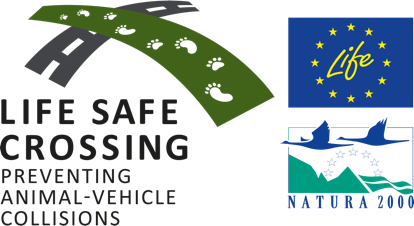
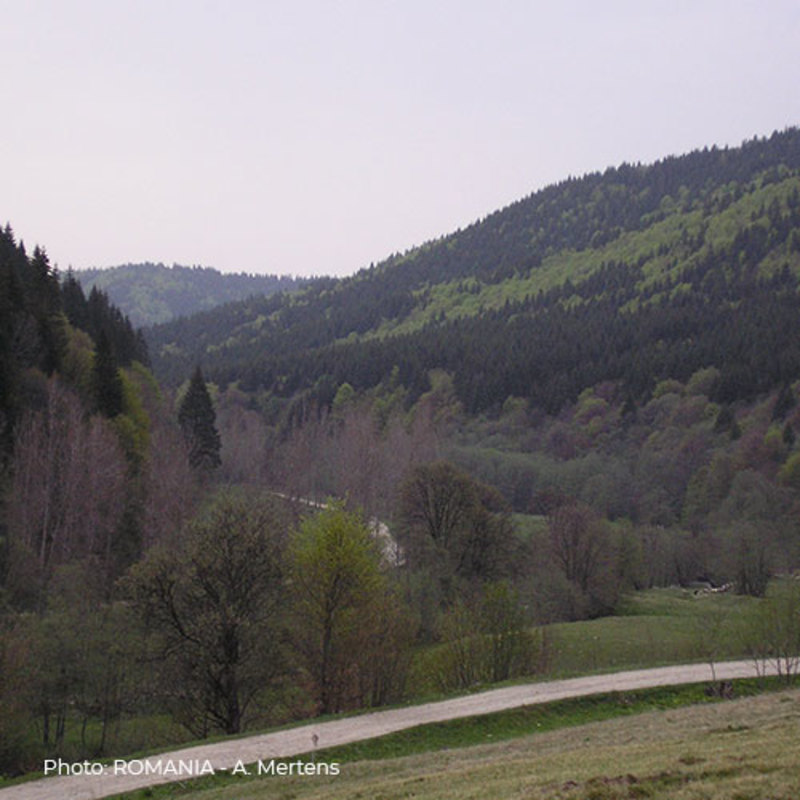
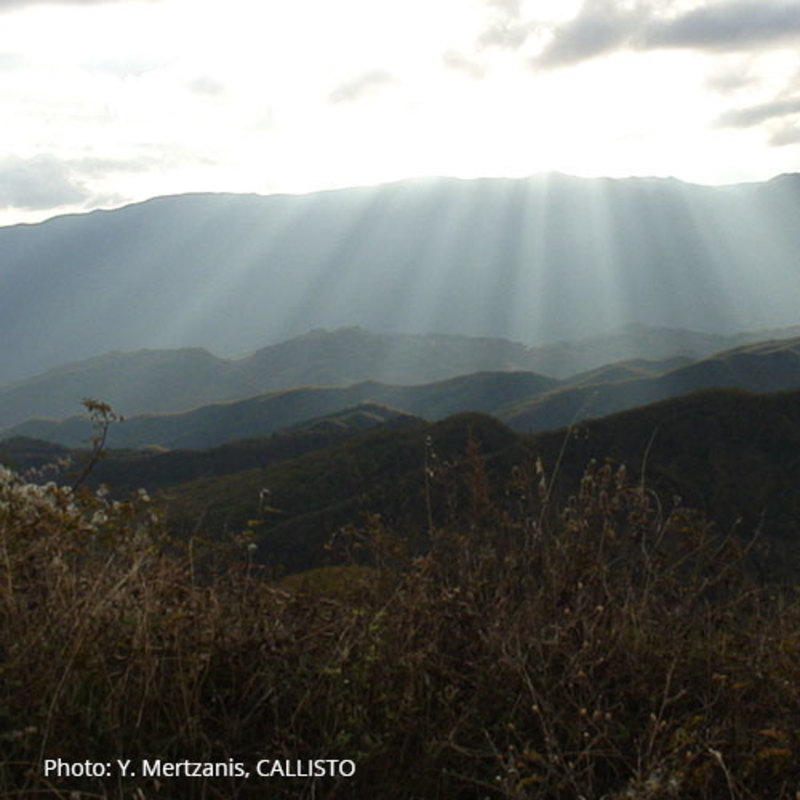
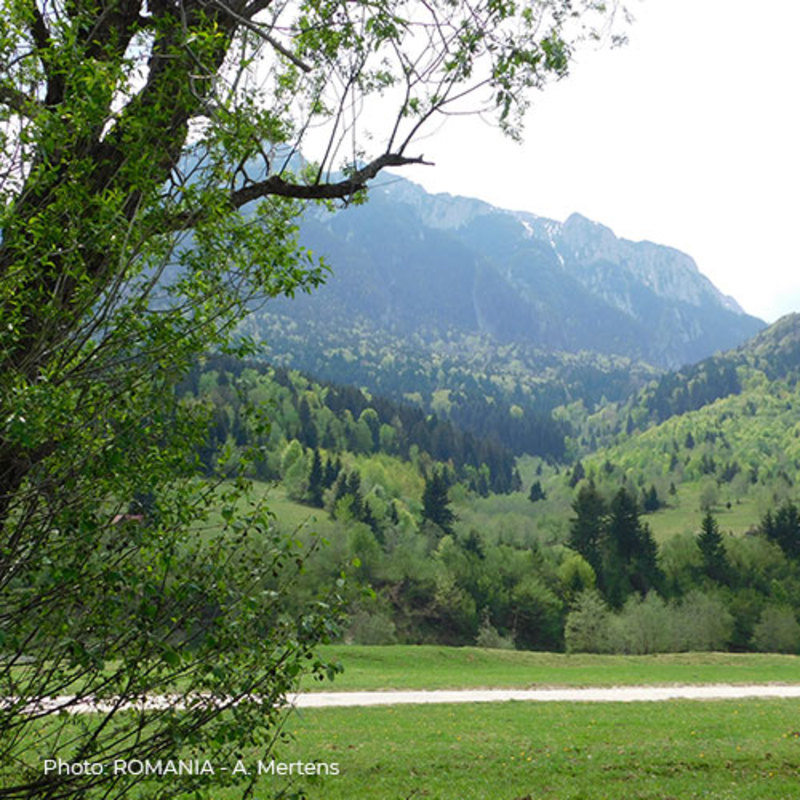
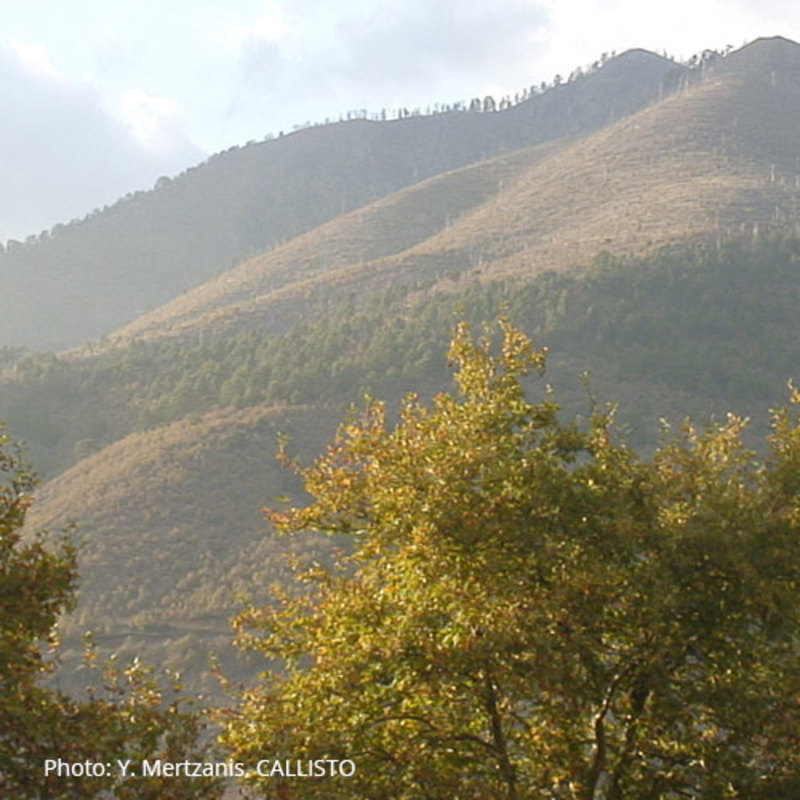
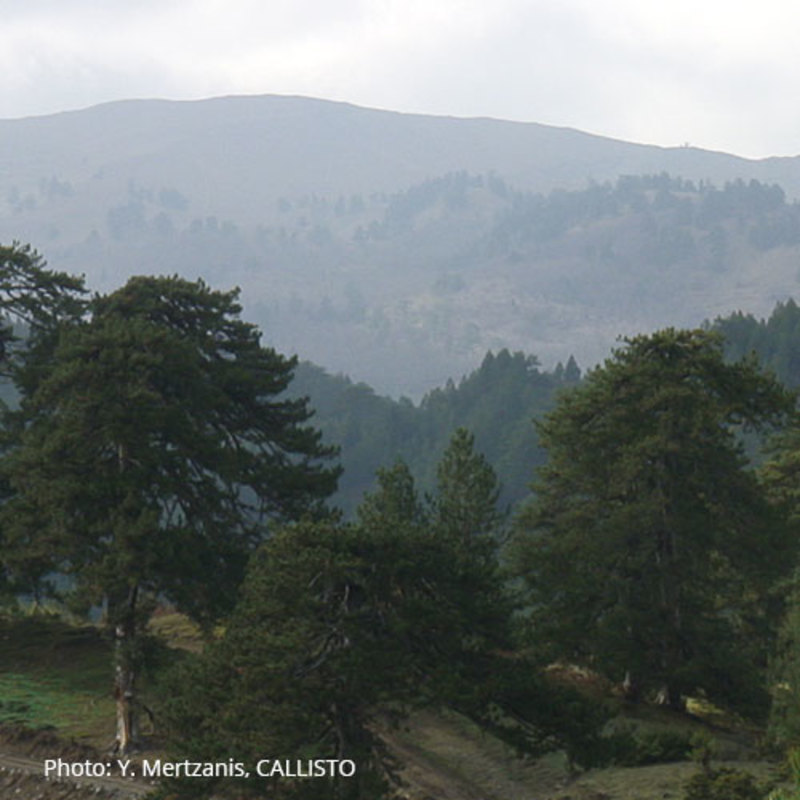
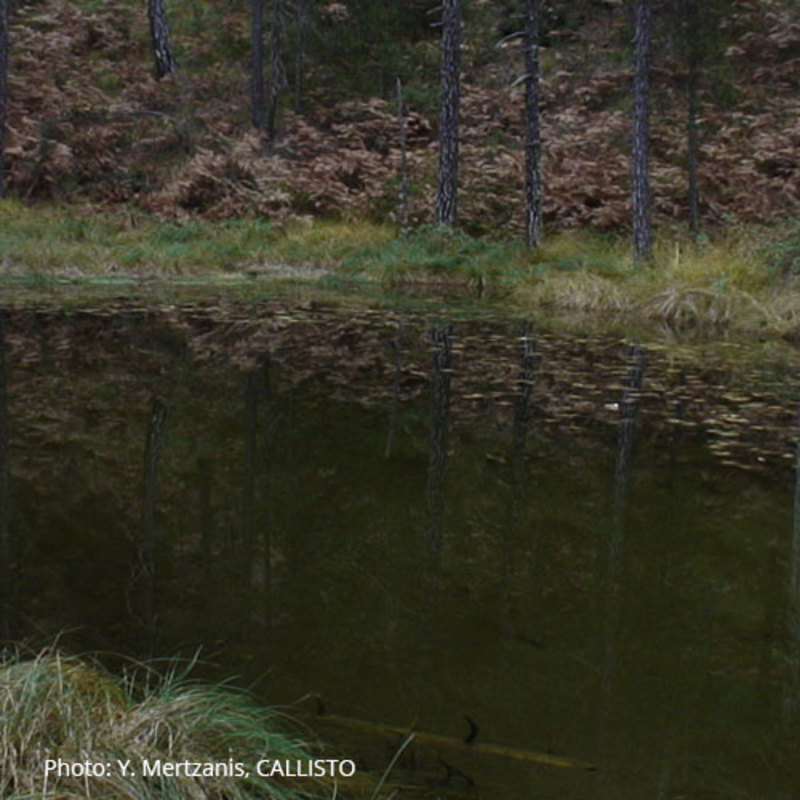
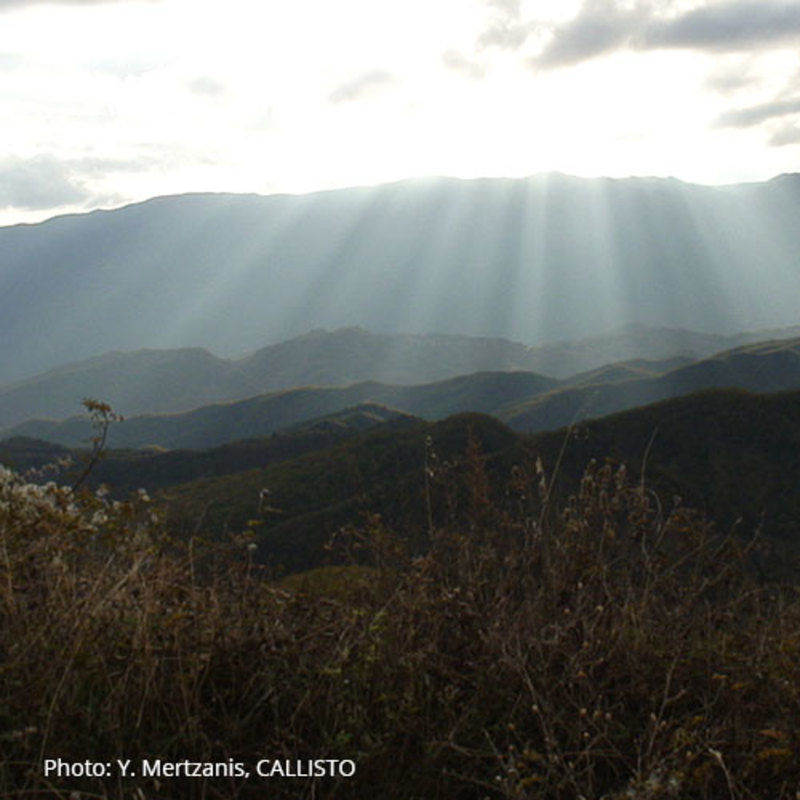
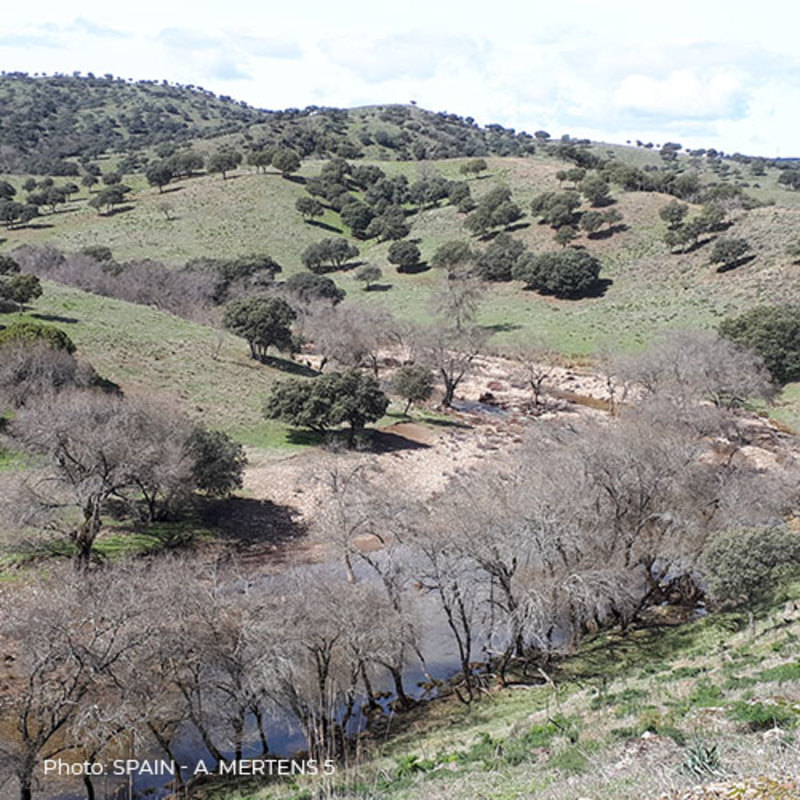
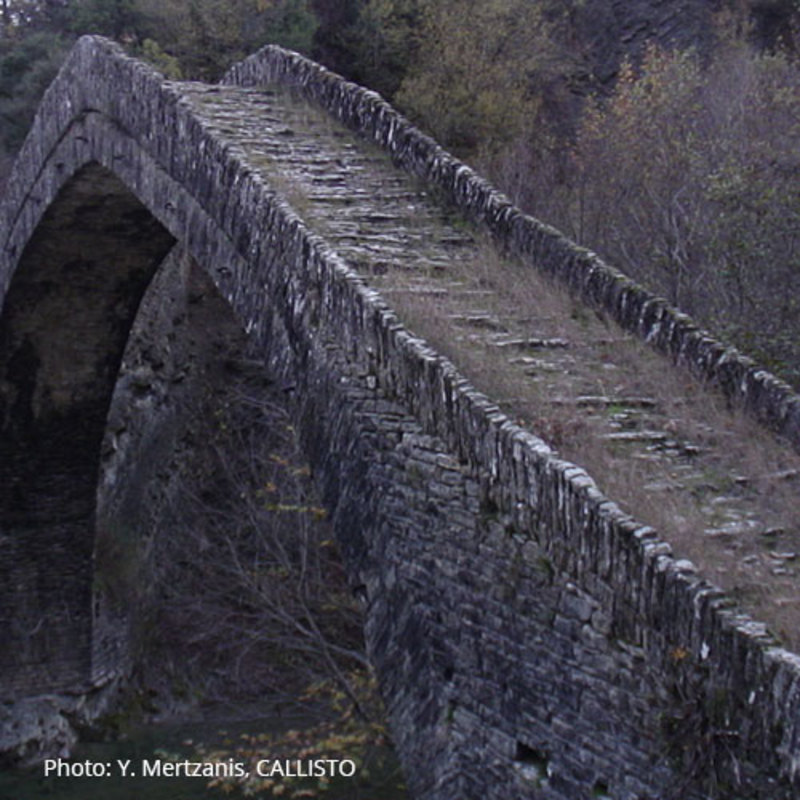

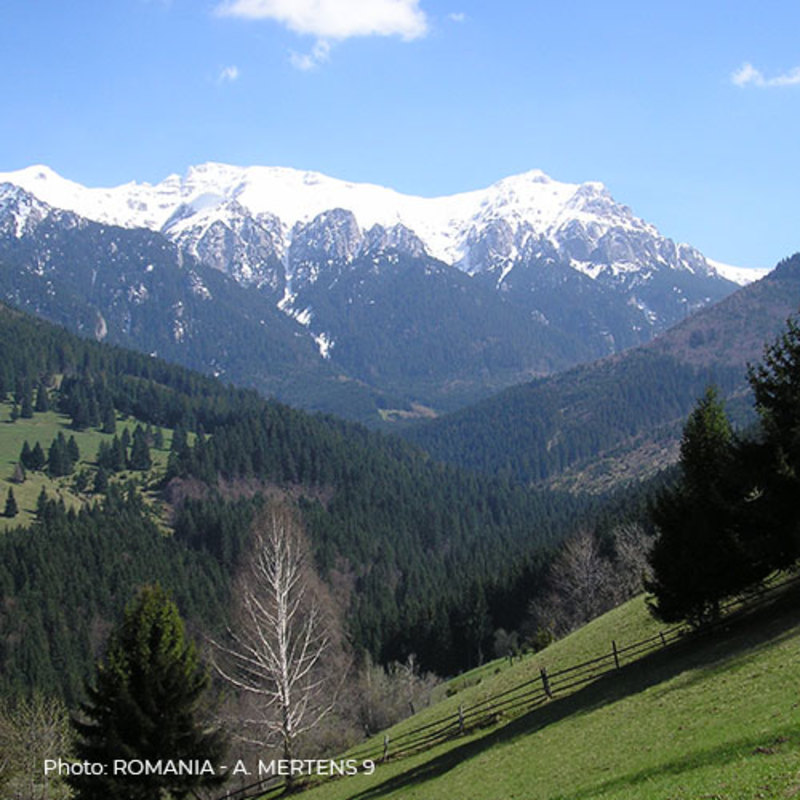
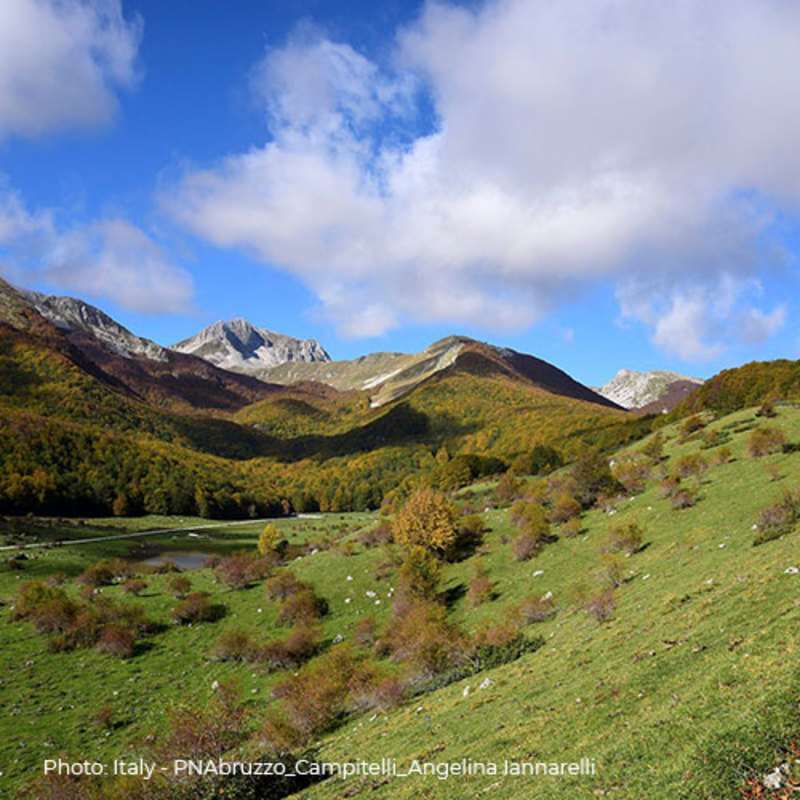
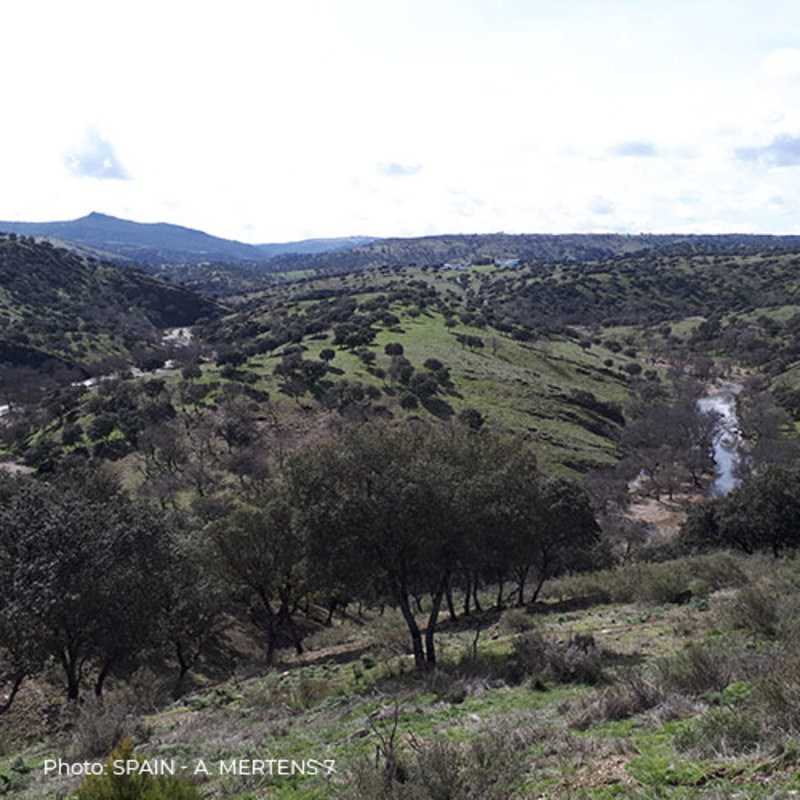
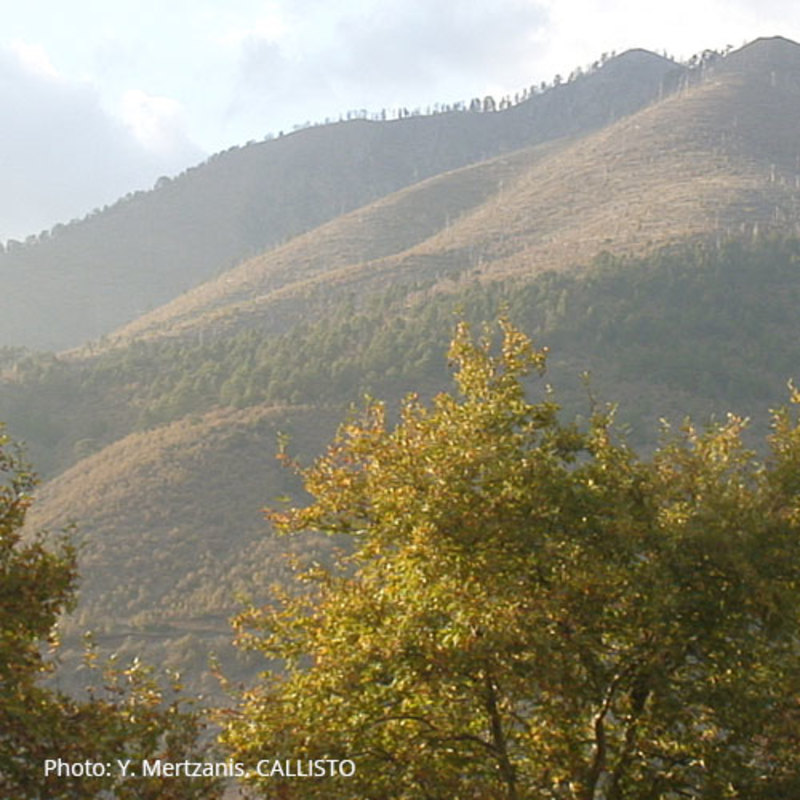










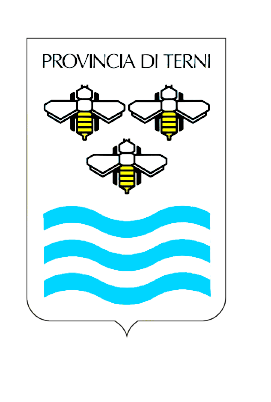
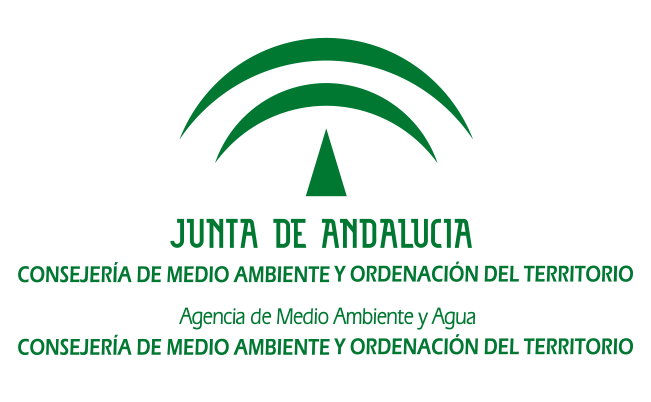
 The project is partially co-funded
The project is partially co-funded